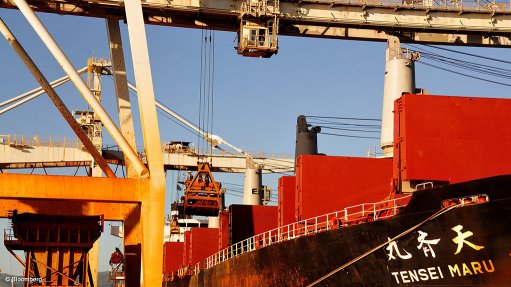
Photo by: Bloomberg
PERTH (miningweekly.com) – The Reserve Bank of Australia (RBA) has tipped lithium and copper to be the major drivers for commodity exports in Australia, in the next few years.
In its August Statement on Monetary Policy, the RBA noted that mineral exploration and mining activity for commodities used in the rechargeable battery space has increased over the past two years, after several years of curtailed production and mine closures both in Australia and globally.
However, with market demand and prices for these commodities increasing, Australian export volumes are expected to increase in the next few years as new projects started production, existing mines are expanded and previously mothballed operations are restarted.
In addition to copper and lithium, bauxite, zinc and nickel exports are also expected to contribute to resource growth, the RBA said.
About 20% to 25% of known global reserves of bauxite, lithium, nickel and zinc are located in Australia, and about 12% of copper. Australia was one of the largest five global producers for each of these commodities in 2016.
The RBA noted that in aggregate, copper, aluminium and its ores, zinc, nickel and lithium account for a small share of Australia’s exports. In 2017 they comprised about 7% of total export values and 13% of resource export values, which was a similar share to that of liquefied natural gas (LNG).
However, this was much smaller than the share of coal and iron-ore, which comprised about 30% of total export values and 60% of resource export values in 2017.
The RBA noted that despite the positive outlook for export volumes of these commodities over the next few years, their share of total exports is expected to remain around the same as present.
In the period to 2020/21, their combined contribution to total export growth is likely to average around one-third of a percentage point a year; this compares with a forecast average contribution of around one percentage point a year from LNG over the same period.
Similarly, developments in export prices for non-ferrous metal exports are not expected to materially affect Australia’s terms of trade. Instead, iron-ore, coal and LNG will remain the most important for overall export prices, because they are still expected to comprise around 40% of Australia’s export values in coming years.